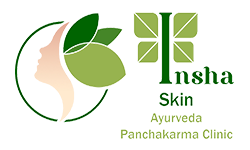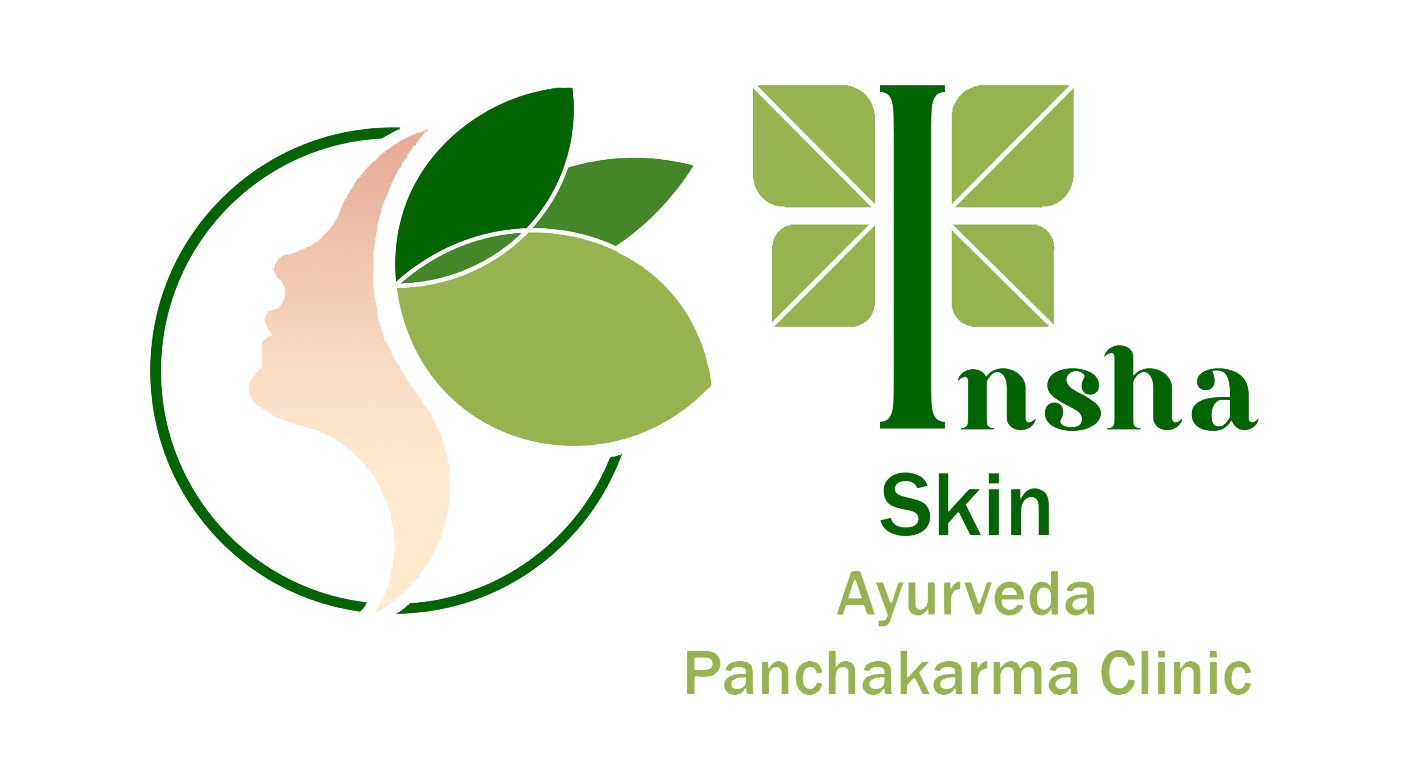FREQUENTLY ASKED QUESTIONS
- Q. What is Ayurveda treatment?
- Q. What are some common Ayurvedic treatments?
- Q. Which treatment is best in Ayurvedic?
- Q. Is Ayurvedic treatment successful?
- Q. What are the 3 Ayurvedic types?
- Q. What are 3 benefits of Ayurveda?
- Q. What are the five principles of Ayurveda?
Ans. An internal cleansing procedure is the first step in an Ayurvedic treatment regimen, which is then followed by a particular diet, herbal treatments, massage therapy, yoga, and meditation. The fundamental tenets of ayurveda medicine are the ideas of universal connection, bodily constitution (prakriti), and life forces (doshas).
Ans. Over the course of more than two millennia, ayurvedic medicines have changed and evolved. Herbal remedies, specific diets, meditation, yoga, massage, laxatives, enemas, and medical oils are examples of therapies.
Ans. Shodhana Chikitsa – Panchakarma: This Ayurvedic therapeutic method is also known as “Shodhana chikitsa,“ which is Sanskrit for “purifying treatments.“ This total therapy has a long-lasting effect on the person’s health thanks to the usage of a variety of medicinal oils and herbs.
Ans. Yes. Ayurvedic medication works effectively. Simply put, ayurveda aids in strengthening your body’s immune system so that it can combat illness on its own.
Ans.Ayurveda, India’s traditional medical system, has classified essential regulating systems of the body, mind, and behaviour into three categories. Vata, Pitta, and Kapha are the names of these three doshas.
The body’s toxin levels are decreased.
You Gain Energy Clearing Skills.
Cellular Health Improvements.
Ans. According to Ayurveda, the five elements Vayu (Air), Jala (Water), Aakash (Space or ether), Prithvi (Earth), and Teja (Fire) make up the entirety of the cosmos . In different combinations, these five elements—known in Ayurveda as Pancha Mahabhoota—are said to make up the three primary humours of the human body.




